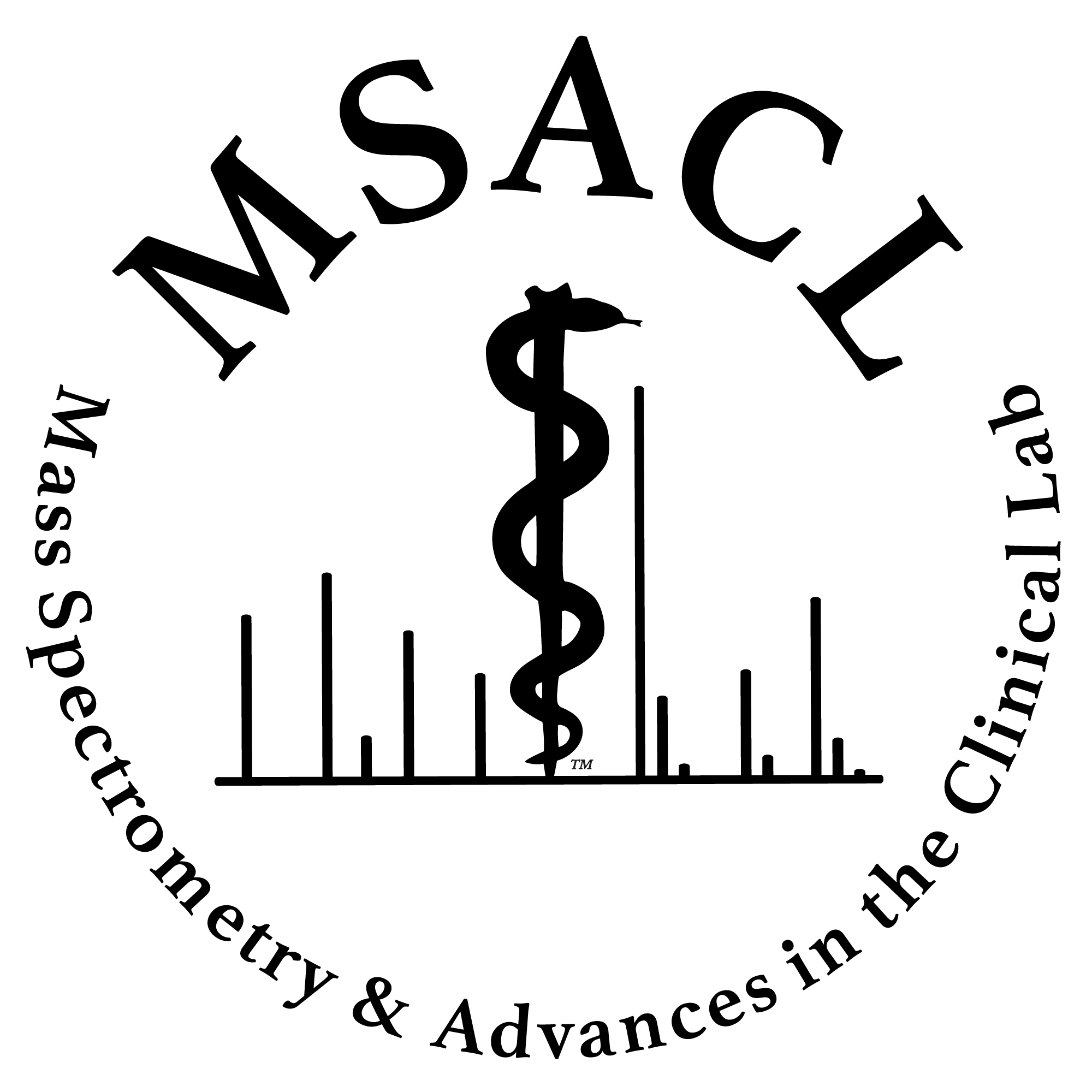|
Abstract Introduction
Urine drug testing is one of the most common practices for monitoring the use of prescribed opioid medications. Testing is typically performed by a preliminary screening assay, such as immunoassay, followed by a confirmatory assay such as liquid chromatography coupled with mass spectrometry (LC-MS/MS). Screening and confirmatory assays benefit from the use of enzymes that hydrolyze, or deconjugate, glucuronidated analytes.
New generation of beta-glucuronidases can now effectively cleave glucuronides in urine at room temperature. However, during our studies, we have identified additional challenges in urine across several patient samples. Endogenous compounds in clinical samples can inhibit these enzymes and compromise hydrolysis. This can make analyzing some patient samples more difficult than others and might lead to false-negatives.
Objective
Present data to show that endogenous metabolites in clinical samples can reduce hydrolysis, and commercially available recombinant enzymes are not inhibited equally.
Methods
Recombinant β-glucuronidases were from IMCS and Kura Biotech. Drug standards were from Cerilliant. Chemicals were purchased from MilliporeSigma and Fisher Scientific. Opioid-positive urine specimens were obtained from a national testing laboratory. Drug free human urine control was from UTAK. Drug free human urine control was fortified with glucuronidated drugs of abuse. Control and patient specimens were buffered and hydrolyzed with two commercially available β-glucuronidases for 15-minutes at room temperature. The two β-glucuronidases were compared by two methods. First, by using an equivalent amount of β-glucuronidases, measured by Bradford Assay, in patient sample hydrolysis. Second, by hydrolyzing patient samples the with a range of β-glucuronidase concentrations.
Hydrolyzed urine samples were cleaned by eluting samples through β-Gone plus plates from Phenomenex and diluted with water. 10 µL of sample was injected on a Thermo Scientific™ Vanquish™ UHPLC system coupled with a Thermo Scientific™ Endura™ Triple Quadrupole Mass Spectrometer using a Phenomenex Kinetex® 2.6 μm Biphenyl 100 Å, 50 x 4.6 mm column. Mobile phase A and B were 0.1% formic acid in water and 0.1% formic acid in acetonitrile, respectively.
Results
Ninety-six patient samples that tested positive for opioids were hydrolyzed with equivalent protein amounts by two different β-glucuronidases. Samples were labeled “positive” if drug free recovery was ≥ 25 ng/mL. One β-glucuronidase consistently reported more positives than the other β-glucuronidase, indicating possible false negatives for the latter.
To determine if enzyme inhibition was involved, four patient samples and a control sample were hydrolyzed with a range of β-glucuronidase amounts (0-100 µg of one β-glucuronidase and 0-200 µg of the second). Hydrolysis was considered complete when < 20% of drug glucuronide was remaining. Several patient samples required more enzyme to complete hydrolysis than the control sample. This indicates that some patient samples may have endogenous inhibitors that can reduce hydrolysis of drug glucuronides.
Conclusion
Some patient samples may contain endogenous urine inhibitors that affect enzyme hydrolysis relative to control samples. Additionally, not all enzymes are inhibited equally by these endogenous molecules. |

